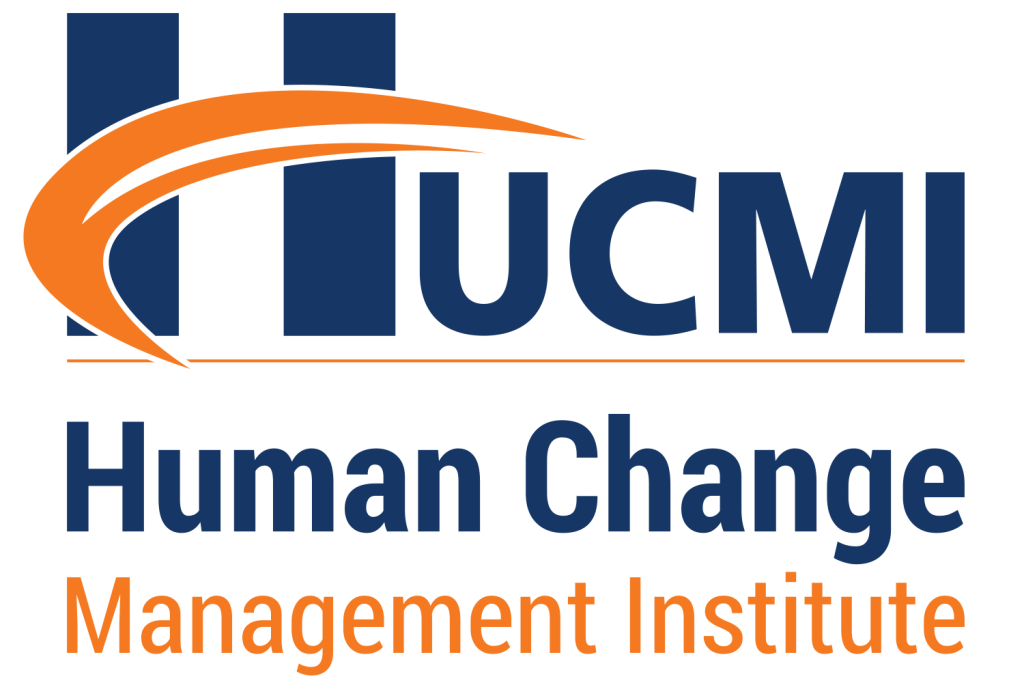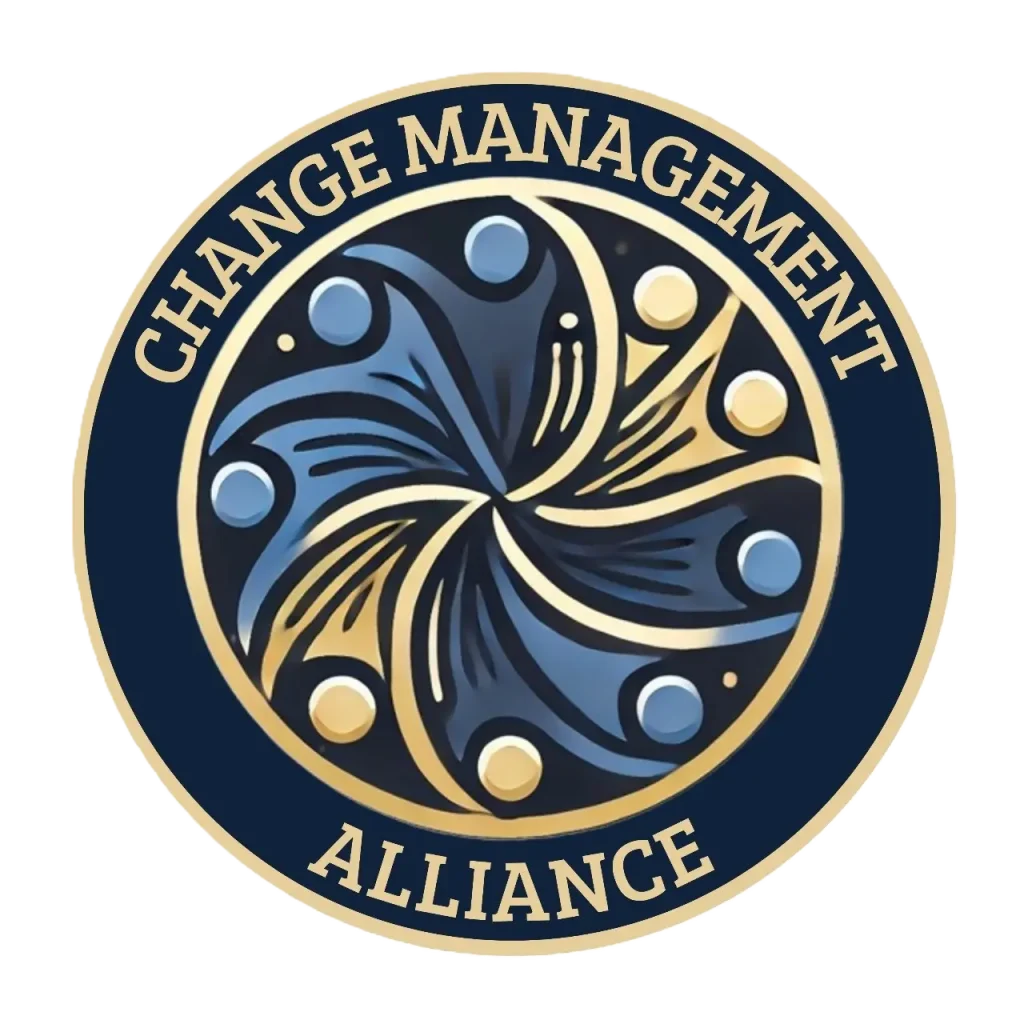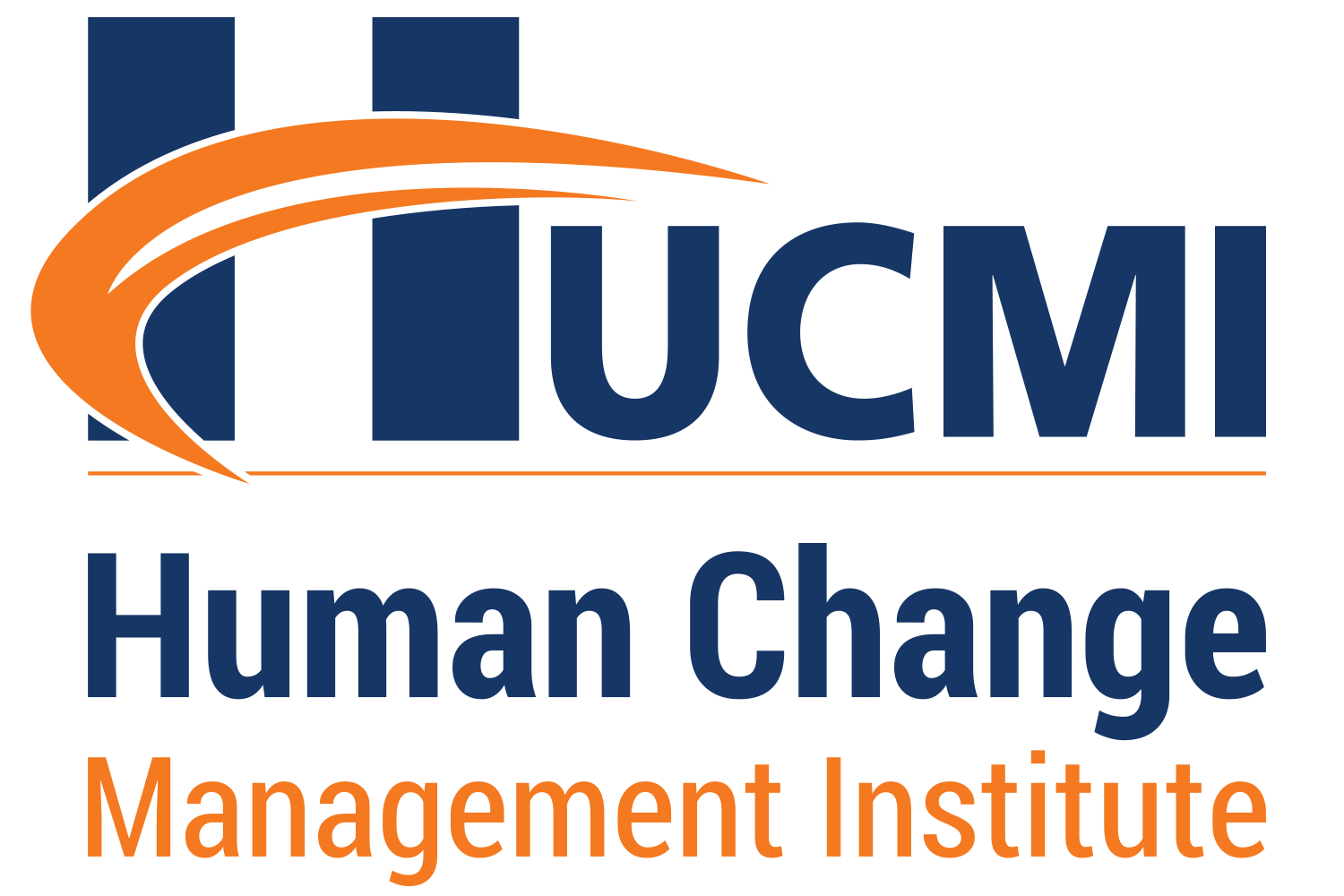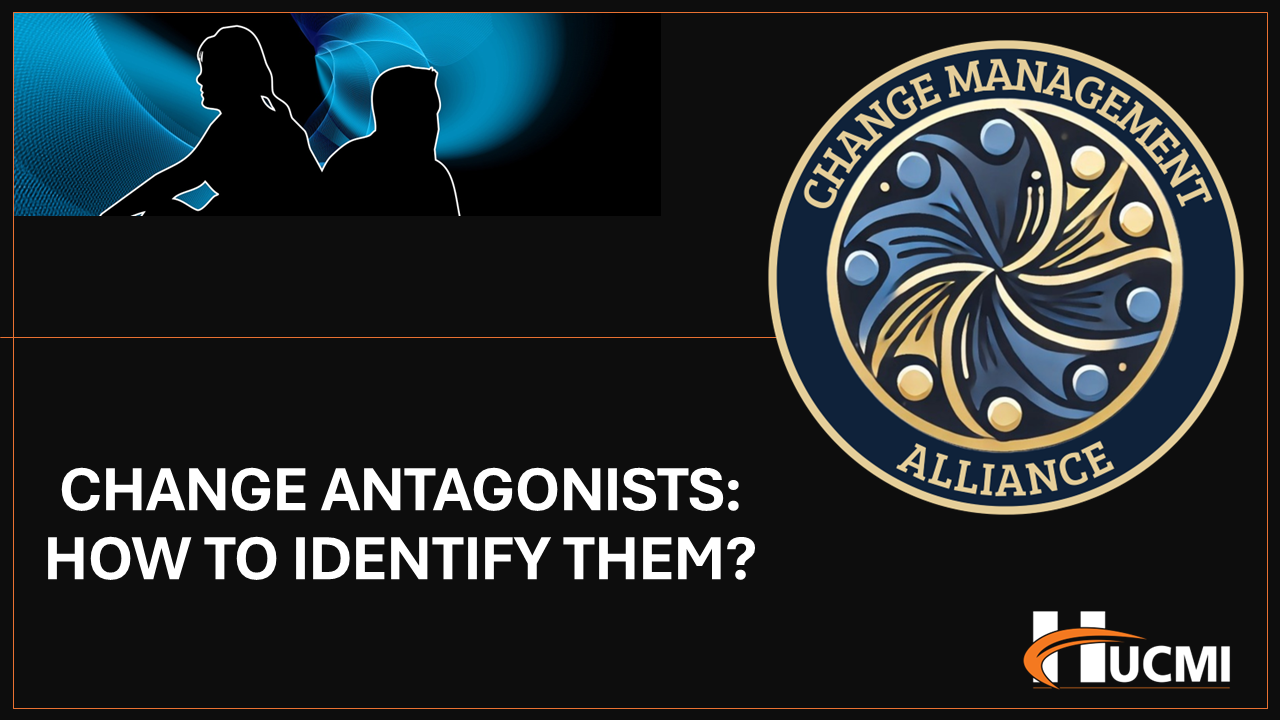In the world of change management, where the human factor is critical to the success of any transformation, building meaningful connections is not just a skill — it’s a responsibility. That’s why the concept of netweaving is especially relevant for professionals committed to human-centered change.
What is Netweaving?
Netweaving is more than networking. It’s a relationship-building philosophy based on generosity, active listening, and collaboration. Instead of asking “What can this person do for me?”, the NetWeaver asks:
“How can I help this person? Who can I connect them with to accelerate their success?”
Coined by Bob Littell (https://www.linkedin.com/in/bob-littell-74727811/), netweaving is the practice of offering before asking, of leading with value rather than self-interest.
Networking vs. Netweaving: What’s the Difference?
While traditional networking is often transactional — focused on exchanging business cards and seeking opportunities — netweaving is relational and altruistic in nature. Here’s a comparison:
Networking
“Who can help me?”
Self-focused
Transactional
Superficial contacts
Netweaving
“How can I help others?”
Community-focused
Generous and relationship-driven
Meaningful and lasting connections
Why Netweaving Matters in Change Management
Change management is, at its core, a people-centered discipline. It involves dialogue, trust, empathy, and influence. To lead real transformation, we need more than tools — we need human alliances.
Embracing netweaving means:
- Creating support networks among professionals who share experiences
- Generously exchanging practices and ideas
- Strengthening communities of practice like the Change Management Alliance
Netweaving in Action: How to Start?
You don’t need a formal title or role to practice netweaving. All you need is intention and action. Here’s how to begin:
- Introducing two people who could benefit from knowing each other
- Offer help before asking for something in return
- Listen carefully to others’ challenges and look for ways to contribute
- Share valuable content, events, and opportunities with your network
- Be a connector inside your team, organization, or professional community
A Culture of Contribution at CMA
At the Change Management Alliance (CMA), we believe that a strong, generous global community is essential to advancing the discipline of change management. That’s why we encourage our members to embody the spirit of netweaving — helping, connecting, and growing together.
Would you like to be part of this movement?
If you value human-centered change and want to build meaningful relationships with professionals who share this purpose, join the CMA today. Whether you’re a seasoned expert or just starting, you’re welcome in our community.
And if you’re already a member, we invite you to extend this opportunity:
Share the CMA with your peers, colleagues, and friends who believe in building a better future through the power of change — and through the power of connection.
Because managing change is humanizing it, and humanizing starts with connection.
By https://hucmi.com

Premier Knowledge Provider of:

Want to join the CMA – Change Management Alliance, a FREE, collaborative learning community? Click here: https://www.change-management-alliance.network/share/98ldn_ZS8CdABu1W?utm_source=manual
All the best
Vicente Gonçalves
Podcast: Play in new window | Download
Subscribe: Google Podcasts | Spotify | RSS | More



